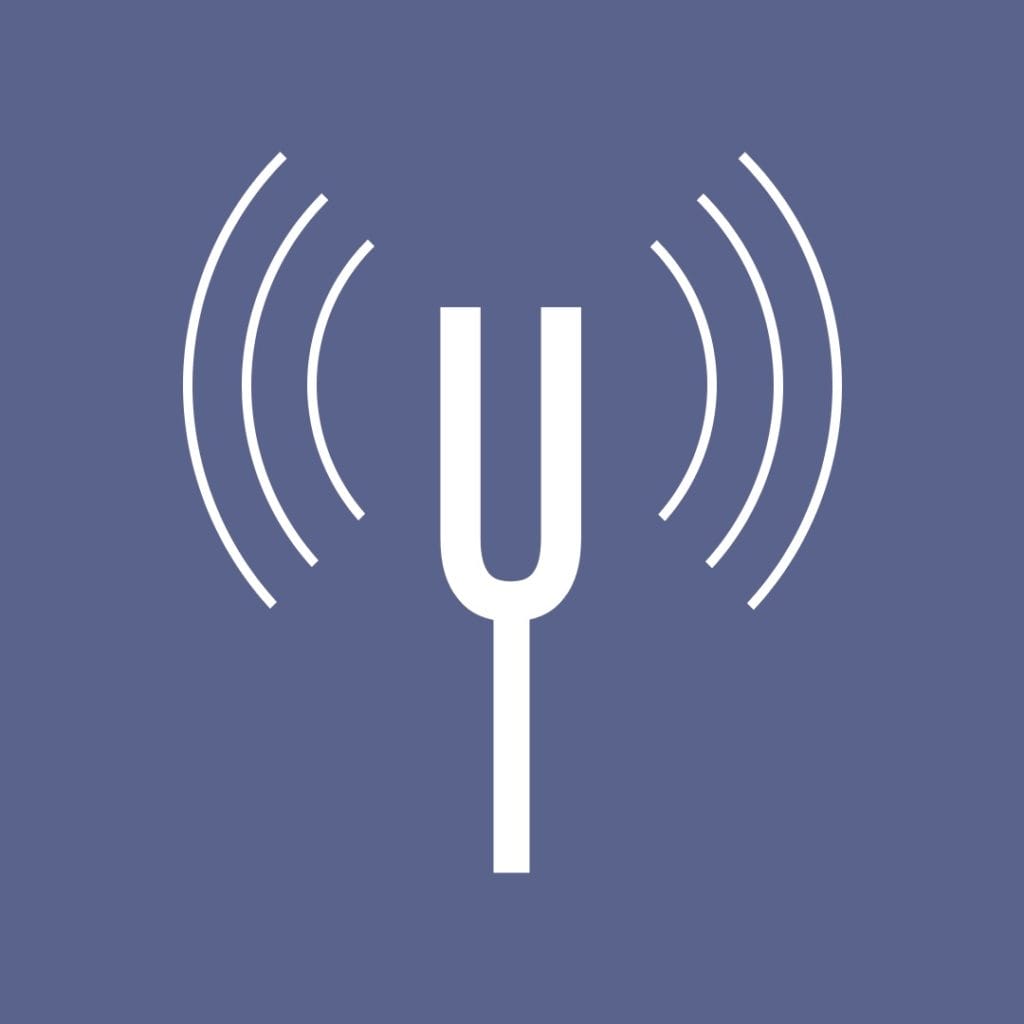As a classical musician, you may have been trained not to improvise. After all, if Mozart’s works have been played a certain way for hundreds of years, why fix what ain’t broke?
However, if Mozart were alive today, he would allow – or even encourage! – improvising.
He was known for producing compositions on the spot, a quality that would mark him as a prodigy for the rest of his life. Aside from Mozart, Liszt also riffed off Wagnerian operas while Brahms crafted musical segments from scratch as he played the piano.
Even today, classical musicians are getting on the “improv” train. Gabriela Montero, for example, plays piano pieces based on real-time suggestions by her audience. Likewise, Hilary Hahn has earned critical acclaim for her on-the-spot interpretations of pieces such as Prokofiev’s Violin Concerto No. 1 in D Major.
Watch Hilary’s breathtaking violin improvisation, here demonstrated in tandem with celebrated pianist Haschka:
If these aren’t enough to inspire you to improvise, get this: classical musicians who improvise are more likely to engage listeners. People love spontaneity, after all, and few things are more compelling than an artist who’s willing to authentically express themselves through their art. Besides, isn’t that why you play music in the first place: to touch people in a way no other artist can?
Now that we’ve got you nodding, the next step is to start improvising. But how exactly do you improvise? Do you play your instrument over and over again, hoping inspiration will strike? Or is there a structured approach you can use to make the most of your improv session?
While we don’t believe in a strictly rigid way to improvise (because, as Gabriela Montero pointed out, that would defeat the purpose of improv), there are things you can do to make improvisation easier and more productive.
1. Pick a piece to base your improv on
As obvious as this first step sounds, it’s also the most crucial one. How well you know a piece can make the difference between your audience giving you a standing ovation and them leaving the concert venue on a sour note (no pun intended). If you’re improvising for the first time, you can start with an “easy” existing classical piece. The less harmonically complex, the better.
It’s a great idea to start with a piece you already know to give yourself a familiar foundation to work with.
For now, don’t worry about blowing people’s socks off with the most technically difficult piece. Your objective at the moment is to get used to the process of improvising. As you become more comfortable riffing off existing pieces, you can progress to improvising entirely new works.
2. Practise a melody
Melody is a good starting point for improvisation. Since melody is one of the first things people notice when they hear a piece of music, changing it up will definitely grab the attention of the listener.

This technique is effective for building tension and releasing it to engage and surprise the listener. To really step up your melodic improvisation game, it’s a great idea to learn about specific intervals and the moods they convey. For example, while a perfect fifth adds a consonant, bright spot to your solo, a strategically-placed diminished fifth interval (also known as the Devil’s Tritone) can lend a hint of doom and foreboding to your melody.
Want to step it up another notch? Try taking a portion of an existing melody and transposing it into a different key, or rearranging the order of the notes!
3. Change up the rhythm
Another good starting point for improvisation is rhythm. Whether you play percussion instruments or not, knowing how to improvise on rhythm is a handy skill. Take an existing piece you can play, and try adjusting the rhythm or inventing your own. Change straight rhythms to swung, short notes to long, and add triplets or interesting rhythmic articulation. You’ll be surprised how different a composition you can create with all the same familiar notes!
When trying out different rhythms for a certain piece, incredible results can be achieved with the strategic use of rests – well-placed silence engages the ear and creates anticipation. Try shortening certain notes or omitting them entirely to put a new spin on a rhythm.
One nice thing about improvising on rhythm is that you can do it anywhere and anytime, with or without your instrument of choice. You can clap your hands, stamp the ground underneath your feet, or slap your thighs. As with melodies, listen carefully for anything you can use in future pieces.
4. Challenge yourself with harmony
Harmonies may seem challenging to improvise, but they don’t have to be. All you have to do is pick a key and experiment with playing only within that key, or practise by introducing harmonies you don’t normally hear in classical music.
For example, if you’re a pianist, you can play only the white keys or black keys for a melody in your right hand and a harmony part in the left. If you’re a guitarist, you can pick chords from the key of the melody, or try a common I-IV-V chord progression. Once you’re comfortable with the basics, you can start improvising on more difficult (or less common) harmonies.
5. Perfect your pitch
 Most musicians take their sense of pitch for granted. As long as one can play the notes in their head, one can churn out a passable performance – or so the thinking goes.
Most musicians take their sense of pitch for granted. As long as one can play the notes in their head, one can churn out a passable performance – or so the thinking goes.
Actually, having a sense of pitch is one of the most important qualities you can have as a musician. Not only will it allow you to hear out-of-tune notes, but it’ll also lend a richer layer to your performances. Plus, if you make a musical mistake on stage, you can easily cover it up with an improv based off your sense of pitch.
To start improving your pitch, use a digital tuner and practice matching pitch with your singing voice. Set the tuner to play a target note (like C, for example), keep the note in your head, and sing the note. If you’re singing too high or too low, the tuner will tell you, and you can adjust your singing accordingly.
The more you practise this exercise, the more pitch-sensitive you’ll become. The more pitch-sensitive you are, the more you can match the notes in your head with what the audience hears, and the more likely you can improvise listenable pieces.
Experiment with Improv
Luckily, there’s more than one way to make an improv. After all, that’s what improvs are, by definition: creating an entirely new work from scratch, based on your existing knowledge of music.
Record all your performances (including your improvisations!) and listen back to them. Watch out for places where you could switch notes up, vary the rhythm, and make other artistic changes. Keep the recording files so that you can track every improv you’ve done and see your progress. Listen to your recordings, adjust your improvs from there, and let a music-savvy friend give you a second opinion.
There’s no one-size-fits-all way to improvise. You can follow the steps above in or out of order, or just pick the ones that suit you best. As long as you practice improvising every day, and stay true to who you are as an artist, you can take your musicianship to a whole new level.







